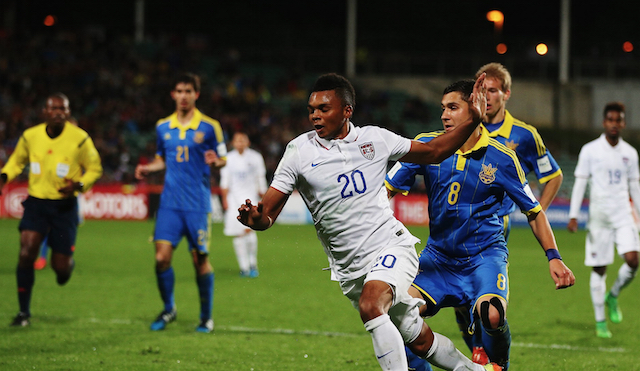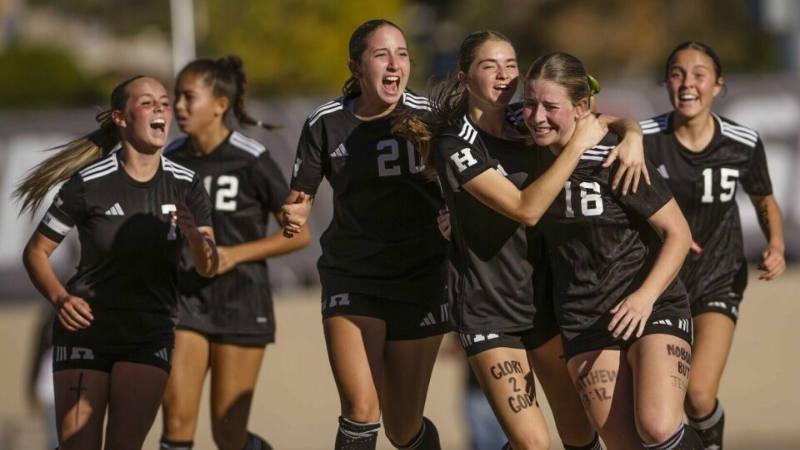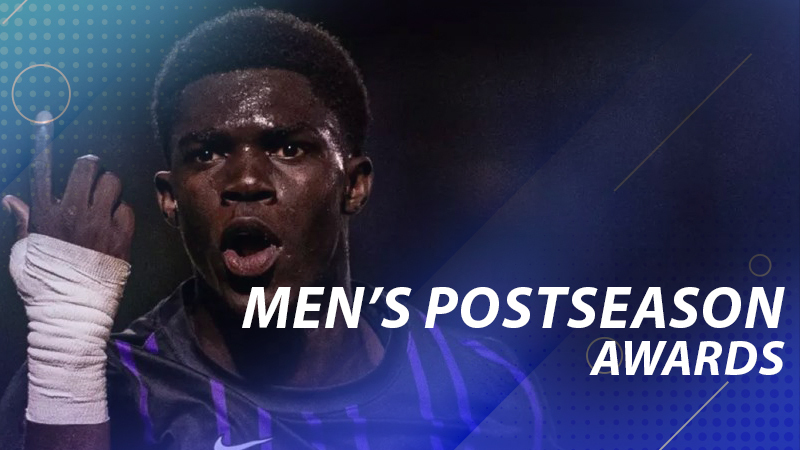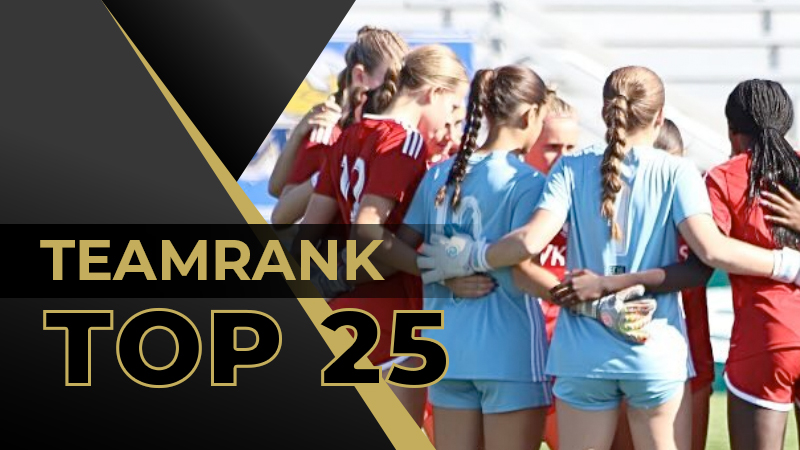U.S. U20 MNT faces Colombia in knockouts

The expectations for this U.S. U20 Men’s National Team had ballooned before the team even arrived at the U20 World Cup in New Zealand. They may have in fact been higher than they’d ever been in the team’s 30-plus year history at the event. Before the tournament, Tab Ramos acknowledged as much.
“I think there’s no reason to not have higher expectations than we’ve had in the past,” Ramos told reporters in early May. “We welcome that, just like we welcomed it going into qualifying, where I mentioned to the team that we’re going to the CONCACAF tournament and our main goal is not to qualify for the World Cup but to be CONCACAF champions. Because no U20 team had done that before. Unfortunately we didn’t accomplish our goal, but that was our goal to begin with.
“In this case, obviously we’re going to the World Cup and we want to win every game, but in order to do that we have to win the first one. And that’s a difficult challenge, and we’ll get through it one at a time.”
As it turned out, the U.S. did win the first match. And the second. But not the third. It was only the middle of the two group stage bookends - a rousing 4-0 win over New Zealand that witnessed Gedion Zelalem’s breakout - that showcased the firepower that should carry the U.S. past stiffer opposition in the knockouts. In the opener, though, the U.S. had to sweat out a come-from-behind 2-1 win over Myanmar, and a thorough 3-0 thrashing at the hands of Ukraine sent this team into the knockouts with more questions than answers.
The U.S. didn’t win its group, but for the first time since 2007 it’s through to the knockout stages of a U20 World Cup. After a dismal performance in 2013, a weaker group and a more professionalized roster helped the U.S. through to a matchup against Colombia in the round of 16. The teams square off at 12:30 a.m. PT on Wednesday with a spot in the quarterfinals looming. If the U.S. makes the final eight, it’ll be just the fifth time it’s done so in 14 tournaments.
But the loss to Ukraine in the group finale did some damage. Instead of meeting Senegal and either Austria or Uzbekistan in the first two rounds, the U.S. will have to go through a dangerous Colombian side and either Serbia or Hungary, both of which have talent to burn. And looking further down the road, the U.S. would conceivably have to face prohibitive tournament favorites Germany before the final.
But the U.S. has to get past Colombia first. Chelsea forward Joao Rodriguez is a dangerman, and while a dizzying series of loans over the past season-plus haven’t helped his club status, he’s been lethal for Colombia’s U20s. After scoring on his U20 debut against Brazil in the 2014 Toulon Tournament not long after subbing in, Rodriguez has been a constant threat to opposing back lines. It was his goal against Qatar that gave Colombia its only win of the tournament so far. Italian-based midfielders Alexis Zapata (Udinese) and Andres Tello (Juventus) make this team a fright going forward.
For its part, the American back line largely looked sturdy in the first two matches until Ramos fiddled with the lineup against Ukraine to avoid players on yellow cards racking up suspendible offenses. Expect to see Matt Miazga back in the center of defense in place of Erik Palmer-Brown, who had a shaky performance against Ukraine. Netherlands-based right back Desevio Payne should also return to the flank in place of Shaq Moore, who looked out of sorts in his last outing.
The biggest issue this team faces, however, is in the defensive midfield.
It’s true that Maki Tall’s tournament-ending foot injury left the U.S. without a true No. 9, but against New Zealand Rubio Rubin (who didn’t come on until late against Ukraine) proved he can fill that void. He’ll no doubt start there again against Colombia. But nobody’s been able to step into the breach as the holding midfielder. Russell Canouse’s pre-tournament injury clearly destabilized Ramos’ plan, and the somewhat surprising inclusion of Toronto FC’s Marky Delgado soon turned prophetic. Delgado’s been Ramos’ first-choice defensive midfielder, first in the 4-4-2 diamond and now in the 4-3-3. After the 4-3-3 fell apart against Ukraine and the diamond was so ineffective against Myanmar, his formation choice against Colombia is anyone’s guess.
Delgado’s endured a rugged tournament. He’s enjoyed some positive spells, but it’s clear he’s a step behind Emerson Hyndman and Zelalem in the midfield, and he’s been largely unable to find a rhythm. Ramos has another capable defensive midfielder on the roster in FC Dallas’ Kellyn Acosta, who he’s mostly opted to use at left back in lieu of John Requejo, the team’s primary left back through most of the cycle. Acosta was the team’s captain and starting defensive midfielder in qualifying before an injury forced him out.
If Delgado has lost Ramos’ favor, moving Acosta into the defensive midfield and Requejo back to his comfortable place on the left could be the answer. Center backs Cameron Carter-Vickers and Miazga are both familiar with Acosta in that position, so it’s simply a matter of whether Ramos is comfortable shuffling the XI on the eve of the team’s biggest match in eight years.
More than that, this is unquestionably a defining match for Ramos’ legacy as the leader of the U20 team. If he got a pass for a ridiculous World Cup group draw two years ago, the excuses are gone now. Advancing out of the group was a baseline minimum requirement. Now for the hard part.
It is indeed true that the ultimate point of these cycles is to produce future first teamers and not wins, necessarily. That much is ironclad. But an undeniable byproduct of developing senior USMNT players is cultivating a space where players can grow and thrive in a system benefitting fluid, quality soccer. The jury is still out on whether this team is doing that with any consistency. Would the German FA simply wash its hands of a poor U20 World Cup showing because, ultimately, results don’t matter? Hardly. The symptoms of losing at the U20 level are almost always worth examining.
Wins are an offshoot of a number of things. Preparedness, skill, style of play, ability, formational awareness. All those things point back to the job the respective federation had done at developing its next crop of stars via its coaching staffs. A lot rides on the U.S.’s meeting with Colombia. If they win, the pressure lessens almost immediately.
If not? Back to the drawing board.
Headlines
- Recruiting Roundup: December 15-21
- How Do I Get Scouted by TopDrawerSoccer?
- 2026 Women's Division I Transfer Tracker
-
Rocky Mountain High School Roundup

- 2025 Men's DI Postseason Awards
- Niko Markovic Selected First in MLS Draft
-
Commitments: Defender Swaps Coasts

- TopDrawerSoccer TeamRank Update - Girls
- 2026 Major League Soccer Draft Results
- Women's College Postseason Freshmen Top 100



